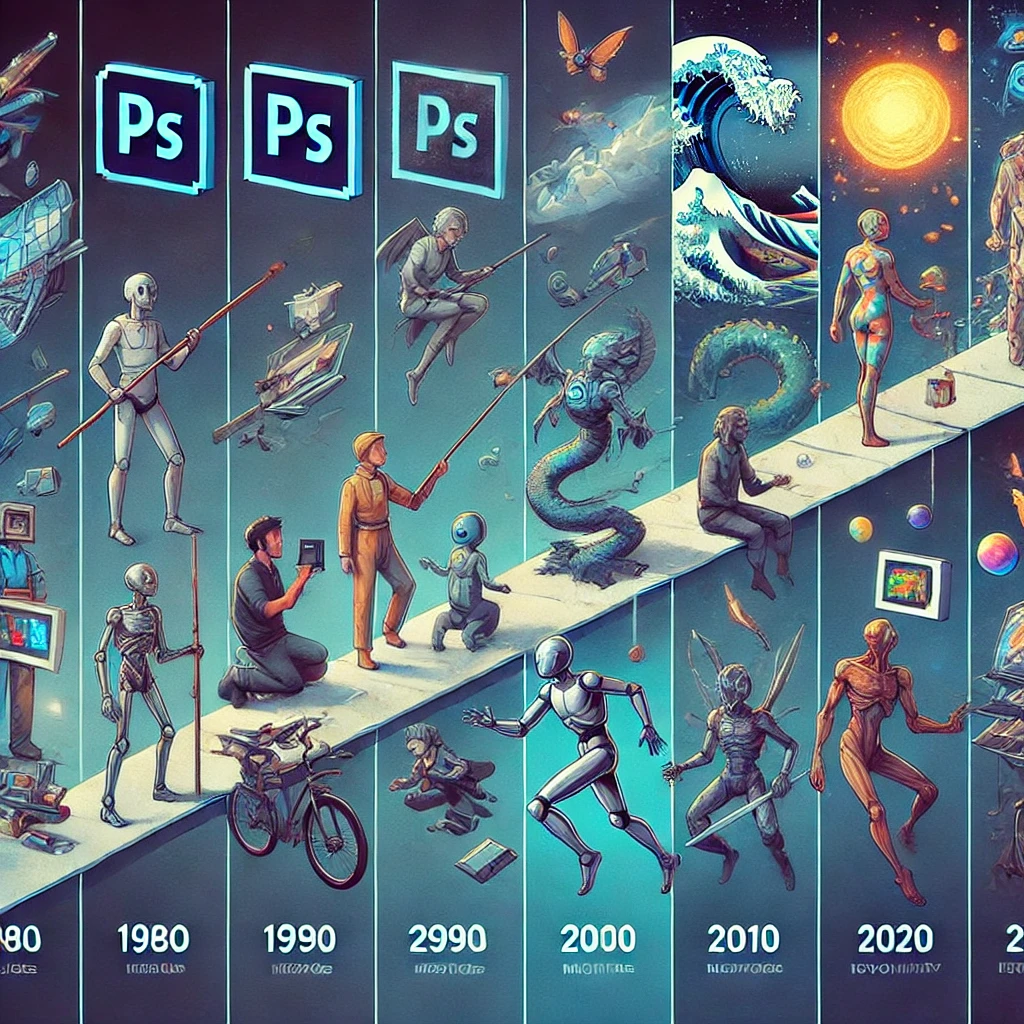Digital art has undergone a remarkable transformation since its inception. Beginning with simple pixel-based creations in the early days of computing, digital art has evolved into a sophisticated and diverse medium that encompasses a wide range of styles and techniques. Early pioneers experimented with limited tools, creating pixel art and basic digital illustrations. As technology advanced, so did the possibilities for digital artists. The introduction of powerful graphic software, tablets, and touchscreens enabled artists to create more detailed and complex works.
In the 21st century, digital art exploded in popularity, thanks to the rise of the internet and social media platforms that allowed artists to share their work with a global audience. Digital art now spans everything from hyper-realistic paintings and 3D sculptures to animated GIFs and interactive installations. Today, digital art is recognized as a legitimate art form, with its own place in galleries and museums around the world.
Key Milestones in Digital Art Evolution:
- 1980s: Emergence of pixel art and the first digital painting programs.
- 1990s: Introduction of Photoshop and the rise of digital photo manipulation.
- 2000s: Expansion of digital art communities online, birth of GIF art, and early experiments with digital animation.
- 2010s: 3D modeling and virtual reality art begin to gain traction, along with the advent of NFTs (Non-Fungible Tokens) in digital art.
- 2020s: Integration of AI in digital art creation, and the mainstream acceptance of digital art in prestigious galleries and auctions.
Digital art has become a powerful tool for artists to express themselves, pushing the boundaries of creativity and challenging traditional notions of art.
